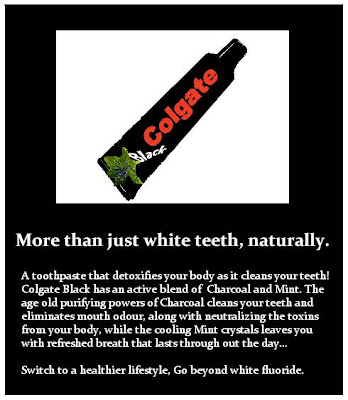The basic purpose of advertising is to capture the attention of the target audience and convert that attention into action. And the best way to bring about this is to understand the pulse of the audience and delve into their minds. By far commercials that have struck a chord with its target audience have all been ones that are closest to their cultural sensibilities.
This is true especially with respect to the Indian scenario. This fact is evident right from the times commercials have been made. Take the case of the ever popular product Maggi which was launched by Nestle in the year 1983. A time when it was impossible for a noodle brand to penetrate into the Indian markets and end up on the dining tables of an ordinary middle class household. Yet the product’s ads managed to create waves in a way like never before. Maggi was positioned as an ideal Indian snack which was a nutritious supplement to the traditional samosas and pakoras. There were a variety of indianised recipes of noodles that the brand popularized through its ads.
Even international brands like Coca Cola and Pepsi have transformed their ads in order to appeal to the Indian psyche. The advertisers cleverly put in Hinglish sub titles to capture the fancy of its audience. We saw farmers and people living in the rural areas take a sip of Coca Cola when they were tired. The Indian- ness of these ads cannot go unnoticed.
Interestingly even the nature of products that are sold in one market is completely different from that sold in others. A product like Fair and Lovely worked its way into the hearts and minds of the Indian masses through its ads which capitalized on the Indian mentality and their constant desire to be light skinned. The sales of the product are at an ever high in our country.
A close look at the ads of a country or region can speak oodles about the cultural inclinations of its people. They are a perfect reflection of the state of society at any given point of time. Personally, I’ve often felt a deep connect with ads that have their roots in the culture that I am associated with. Similarly there is also a sense of disconnect with respect to the ads that are from a totally alien background. Cheers to the ads that made us believe that noodles were a part of our tradition, and that Coke was a drink of the common man. These advertisements never seem to lose their charm in the eyes of its spectators.




